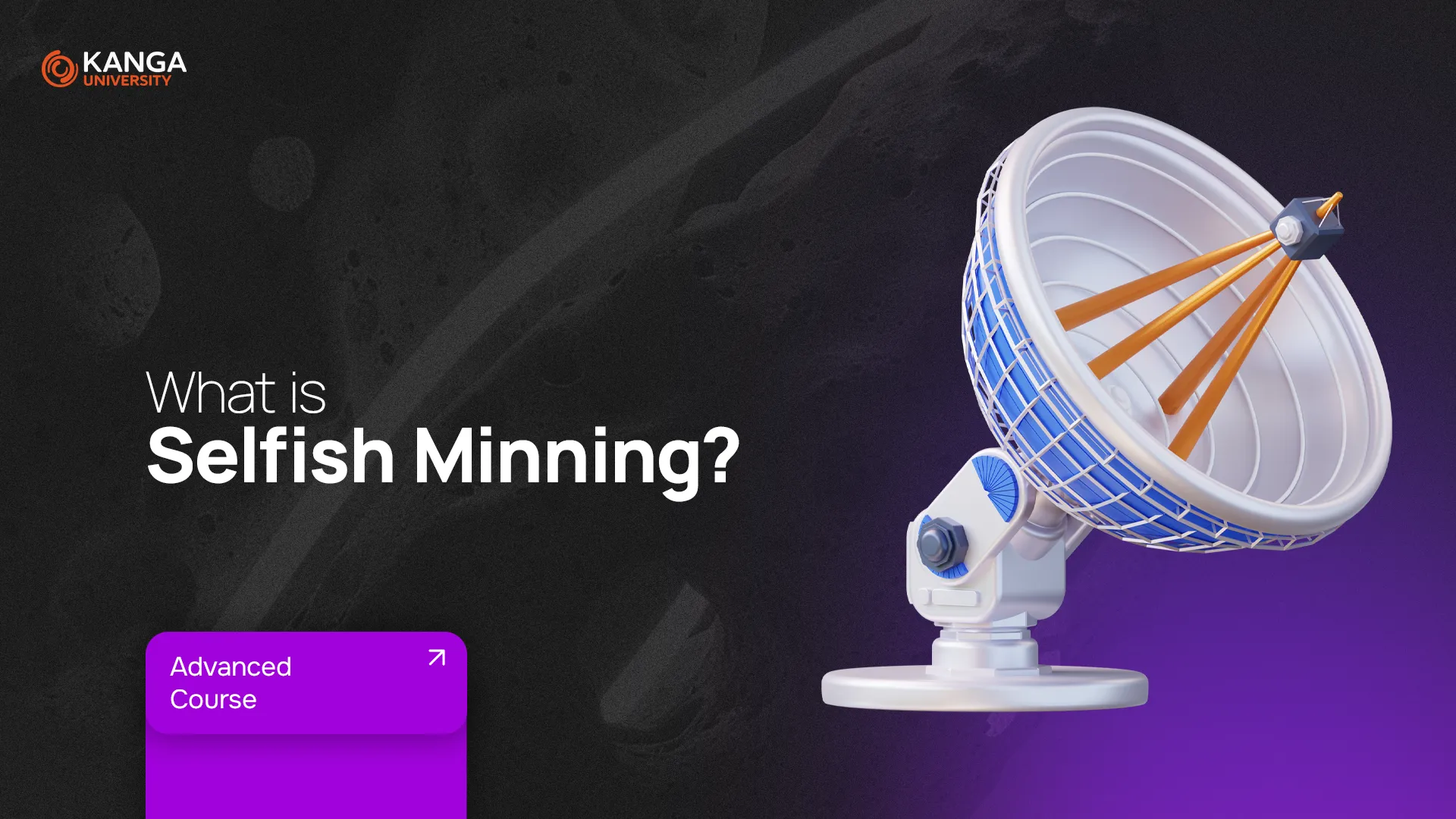
Blockchain is often praised as secure, transparent, and resistant to manipulation. But what if some of the people powering it decide to bend the rules without technically breaking them?
That’s the idea behind Selfish Mining — a controversial strategy that allows a group of miners to earn more rewards at the expense of the rest of the network. It’s not a hack, but a clever (and unethical) exploit of how blockchains work.
Let’s take a closer look at how it works — and why it’s so dangerous.
What is Selfish Mining?
Selfish Mining is a technique used by a group of crypto miners who deliberately hide newly mined blocks from the public blockchain. Instead of broadcasting them to the network, they keep them private and continue mining in secret.
Their goal? To get a head start and release their hidden blocks only when they’re ahead of the public chain. If successful, the network will accept their version of the blockchain as the correct one — and ignore the efforts of honest miners.
This lets selfish miners:
-
earn more block rewards,
-
slow down the network,
-
undermine the fairness of the system,
-
and potentially push the network toward centralization.
Where did the idea come from?
Selfish mining was first described in 2013 by two Cornell University researchers — Emin Gün Sirer and Ittay Eyal. Their paper showed that under certain conditions, this strategy can outperform honest mining in terms of rewards.
And the worst part? It doesn’t require controlling 51% of the network like in a classic attack. A selfish mining pool with as little as 25–33% of the network’s computing power could still profit from it.
A Quick Refresher: How Does Mining Work?
In Proof of Work (PoW) blockchains like Bitcoin, miners compete to solve complex math puzzles. Whoever solves it first gets to add a new block and earns a reward — including transaction fees and newly minted coins.
Normally, when a miner finds a block, they announce it to the network. Everyone moves on and starts mining the next one.
But in selfish mining, the block is kept secret — and the game begins.
How Selfish Mining Works (Step-by-Step)
-
A selfish miner (or pool) finds a block — let’s say block #1001.
-
They do not broadcast it to the network.
-
Honest miners keep working on block #1000, unaware that a new block already exists.
-
Meanwhile, the selfish pool finds block #1002 — and keeps that one private, too.
-
Once their private chain is longer than the public one, they release it.
-
The blockchain protocol chooses the longest valid chain — so their version wins.
-
Honest miners lose out on rewards, and the selfish pool collects everything.
Does It Really Work?
Research suggests that yes, under the right conditions, selfish mining can be profitable. If the group has enough computing power and perfect timing, they can consistently outpace honest miners and earn a disproportionate share of the rewards.
Crucially, this can happen with less than 50% of the network’s total hash power, unlike a 51% attack.
Is It a Real Threat? Experts Are Split
There’s ongoing debate in the crypto community:
-
Craig Wright (a polarizing figure in crypto) argued that selfish miners can’t consistently outperform honest miners, so the risk is overblown.
-
Jake Gober claimed that if the strategy were truly profitable, everyone would be doing it by now.
-
Zhaojie Wang, a blockchain researcher, noted that no confirmed selfish mining attacks had been recorded in the real world up until the end of 2021.
Still, the potential impact is serious enough that many networks have developed countermeasures or adjusted incentives to make this strategy unappealing.
Why Is It Dangerous?
If selfish mining became widespread:
-
It would discourage honest participation in the network.
-
Small miners would be pushed out, accelerating centralization.
-
Transactions with low fees might be intentionally delayed or ignored.
-
The value and credibility of the cryptocurrency could collapse.
-
The core principle of decentralization would be undermined.
That’s why many experts call it a form of “silent sabotage” — one that operates within the rules but distorts the game.
Summary
Selfish Mining shows how blockchain systems can be manipulated — not by breaking the rules, but by exploiting them.
While it hasn’t been confirmed at scale in real-world networks, the mere possibility has shaped how blockchains are designed and secured. Most modern PoW and hybrid systems now include mechanisms to discourage or prevent selfish mining from being profitable.
It’s a valuable reminder that in crypto — as in any system — the biggest vulnerabilities often come not from the code, but from human incentives.
Test your knowledge on Kanga Exchange